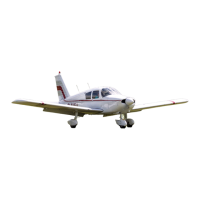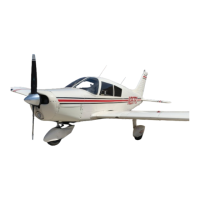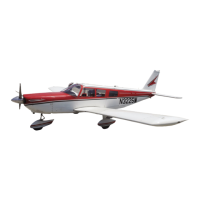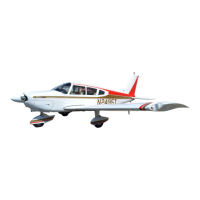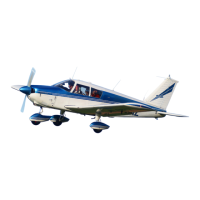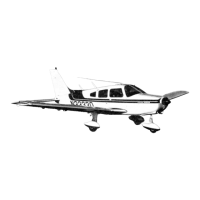ARROW
I1
APPROACH AND LANDING
Before landing check list:
1.
Seat backs
-
erect
2.
Fasten beltslharness
3.
Fuel
-
on proper tank
4.
Fuel pump
-
ON
5.
Mixture
-
set
6.
Propeller
-
set
7.
Gear
-
DOWN
(1
50
MPH MAX)
8.
Flaps
-
set (125 MPH)
9.
Air conditioner
-
OFF
The airplane should be trimmed to an approach speed of about
90
MPH with the flaps and
gear extended. The flaps can be lowered at speeds up to
125
MPH and the gear can be extended
at speeds up to
150
MPH if desired. The propeller should be set at approximately
2600
RPM to
facilitate ample power for emergency go-around and to prevent over-speeding of the engine if
the throttle is advanced sharply. The mixture control should be kept in the full rich position to
insure maximum acceleration if it should be necessary to open the throttle again.
The amount of flap used during landings and the speed of the aircraft at contact with the
runway should be varied according to the landing surface and conditions of wind and airplane
loading. It is generally good practice to contact the ground at the minimum possible safe speed
consistent with existing conditions.
Normally, the best technique for short and slow landings is to use full flaps and enough
power to maintain the desired approach flight path. The mixture should be full rich, fuel
selector on the fullest tank, and the electric fuel pump on. The airspeed should be reduced
during flare out and contact with the ground should be made close to stalling speed. After
ground contact, the nose wheel should be held off. As the airplane slows down, the nose should
be eased down and the brakes applied. There will be less chance of skidding the tires if the flaps
are retracted before applying the brakes. Braking is most effective when back pressure is applied
to the control wheel, putting most of the airplane weight on the main wheels without lifting the
nose wheel. In high wind conditions, although it may. be desirable to approach at higher than
normal speeds, it is still desirable to make contact with the runway when the airplane is
approximately at its minimum speed.
STOPPING ENGINE
At the pilot's discretion, the flaps should be raised and the electric fuel pump turned off.
After parking, the air conditioner and radios should be turned off, the propeller set to increase
RPM and the engine then stopped by disengaging mixture control lock* and pulling the mixture
control to idle cut-off. The throttle should be left full aft to avoid engine vibration while
stopping. Then the ignition and master switches should be turned off and the parking brake set.
*Serial nos.
7535001
and up
OPERATING INSTRUCTIONS
REVISED: JUNE 18,1974
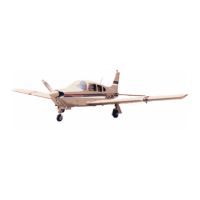
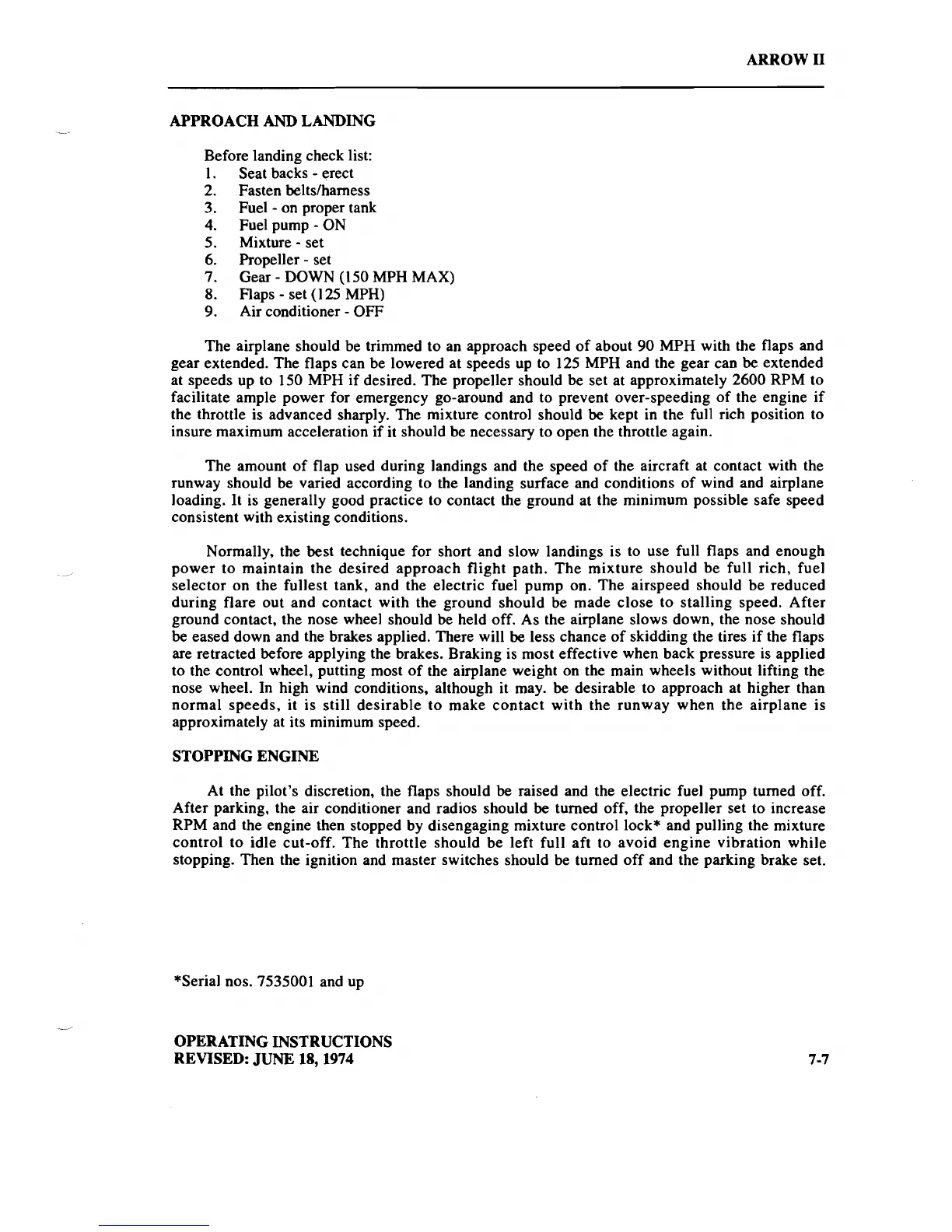